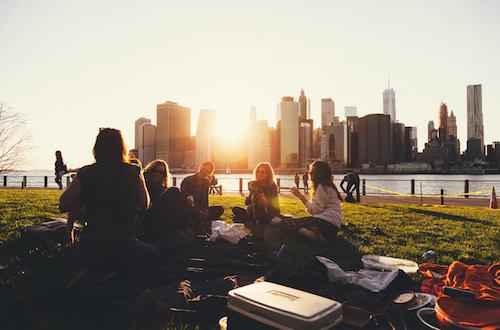Estimated reading time: 2 minutes
A conversation I recently overheard about the way to protect yourself from getting hurt emotionally was to limit the number of people whose opinions you care about into your life. This conversation started with someone stating that you can only be hurt by those of whose opinion you value.
Others chimed in with ideas like you tend not to be hurt when people you don’t know say “bad” things to you, anything “bad” anyone says to you hurts because you are human, it depends on my mood as to how easily I get hurt, and it hurts when it’s meant to be personal. I found myself a bit surprised by those comments. Those comments reminded me of past clients who ruffled and bristled when their clients gave them suggestions for customer experience improvements—they took it personally.
So, those comments were interesting, but the comment that stood out in my mind most was the suggestion just to limit the number of people in your life whose opinions you care about. Initially, that struck me as a way of saying just don’t have close friends, and you’ll never be hurt. But nope, that’s not the answer—not in my opinion, anyway.
Detaching yourself from others opinions, words, and deeds is one great way to buffer yourself from life. That detachment also improves your joy in life.
Having friends and people whose opinions you care about is good for you. They are part of your energy’s fuel source. They are part of your emotional well-being. It’s with friends you grow, laugh, play, and cry. Sure, they may say or do things that don’t feel good, or might hurt, but it’s your choice on how to react to those words and actions. You can choose not to be hurt by anything your friends do or say. And if you can make that choice with friends, you can make that choice with family, associates, and strangers.

Instead of limiting the number of people whose opinions you care about, build your self-confidence so that opinions educate without hurting. There’s always something to learn in another’s opinion if you keep your mind open to it.
Having that kind of self-confidence will also boost your energy levels. High energy levels, in turn, build your self-confidence—a nice symbiotic relationship, that. Why limit yourself by limiting the people you care about? Open yourself up to more people you care about, more opinions to learn from, and more energy from the connections you create for your life.
Take control of your life through your attitude, time management, and energizing habits. Kit’s LIFE coaching is your answer to help you create the productive and energetic life you aspire to. https://www.LiveInFocusedEnergy.com is the doorway to that life.
Article Source: http://EzineArticles.com/expert/Kit_Cassingham/386955
Article by Kit Cassingham








This is very empowering. Self-confidence and belief in oneself are where we find stability and happiness that does not rely on the energy of others